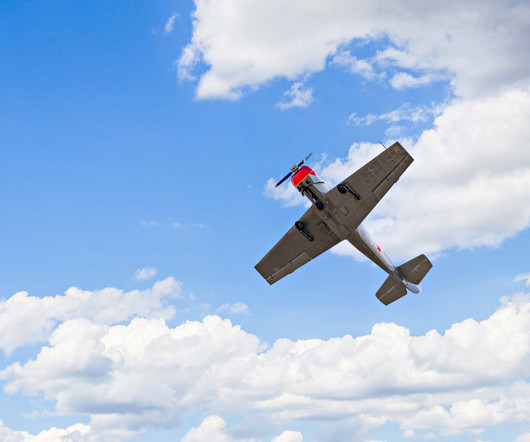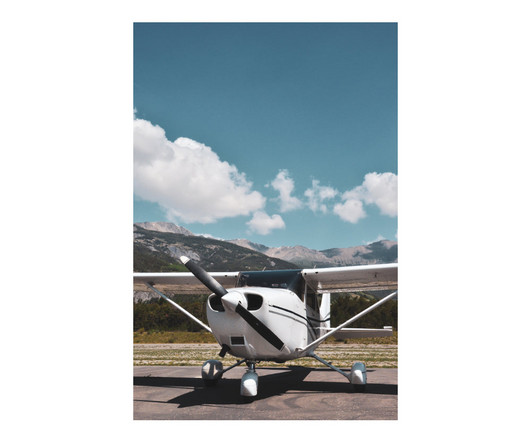Stabilized Approaches
Plane and Pilot
AUGUST 27, 2024
However, the capstone of all these efforts was the adoption of stabilized approach criteria and procedures on every approach and landing. So, What Is a Stabilized Approach? In fact, the verbal callout “stabilized” is part of the checklist. This definitely does not meet the FAA description of a stabilized approach and landing.















Let's personalize your content